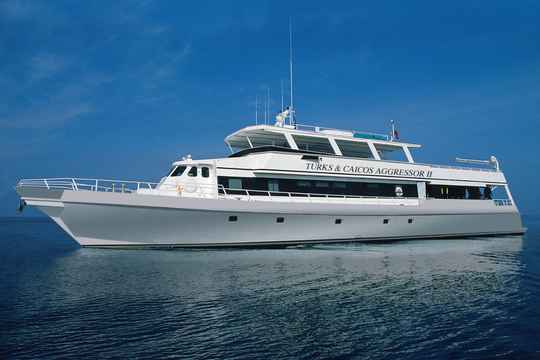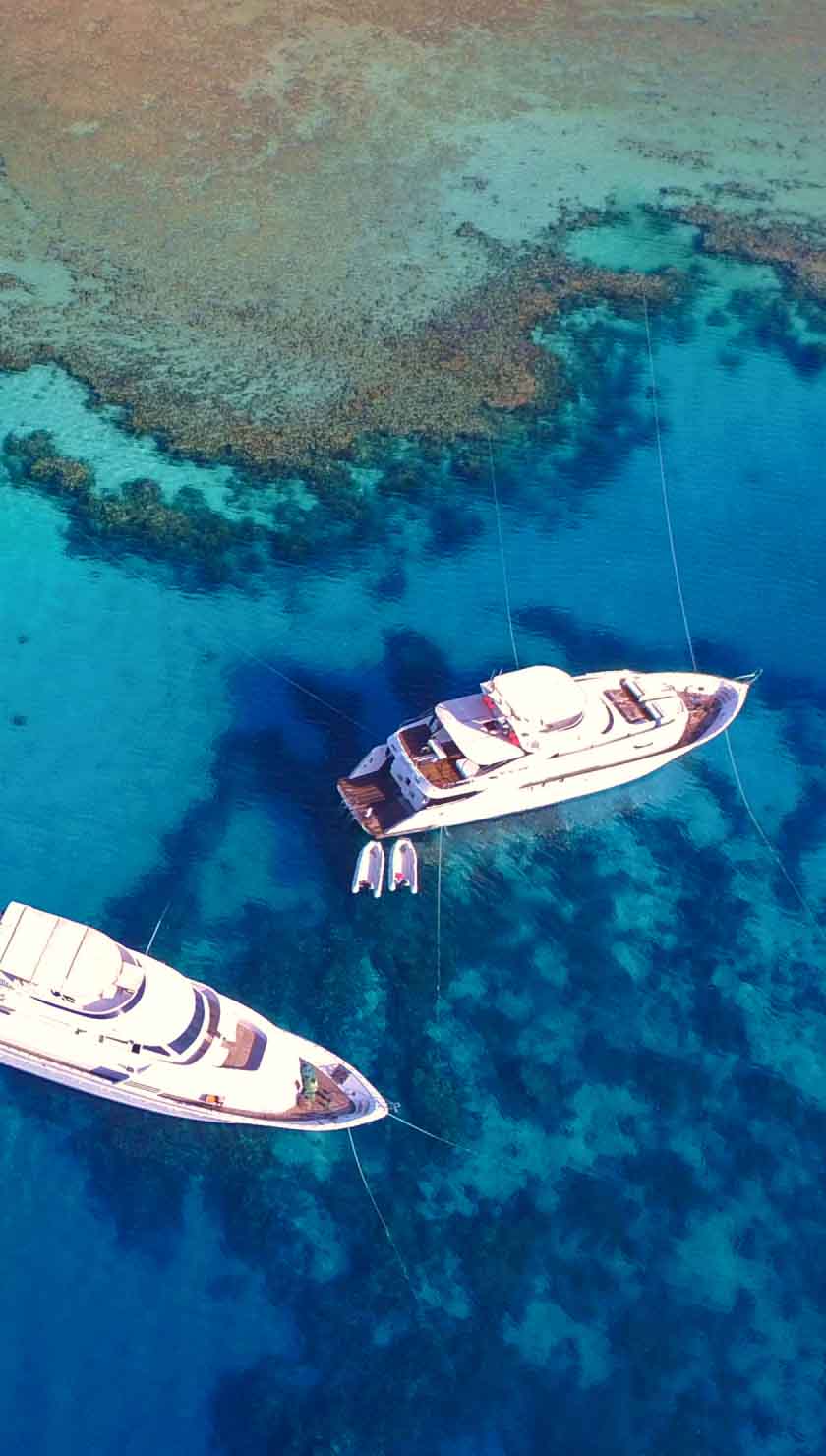Diving in the Turks and Caicos
Turks and Caicos are growing in popularity due to their calm water and famous Caribbean visibility. Huge elephant ear sponges and sea fans cover the sites but most come for the nurse, reef, hammerhead and tiger sharks. Grace Bay and Columbus Passage, where humpback whales visit, are considered some of the best.
Turks and Caicos scuba diving is a comparatively unknown destination in the Caribbean chain, yet has some of the best diving in this region, with calm, inviting crystal waters filled with a flourishing network of reefs, and notorious globally for the incredible, sheer coral walls that disappear into the depths of the sea to over two thousand meters (7,000 feet) at some dive sites. Living up to the country's motto of "beautiful by nature," the Turks & Caicos is an archipelago of over 40 islands, southeast of the Bahamas, adorned with white sand beaches, secluded bays, exquisite turquoise water and the third largest coral ecosystem on the planet.
Among the best dive sites in Turks & Caicos are those along the north coast of the main island of Providenciales, including the many in Grace Bay, that lie within the Princess Alexandra National Park where commercial and sport fishing has been banned for years. The results are predominantly undisturbed reefs filled with plentiful marine life. Dive trips, especially those aboard weeklong luxury liveaboards, offer the chance to truly explore these remarkable islands on as many as five dives per day, roaming from North West Point on Providenciales, also known as Provo, to West Caicos and French Cay.













